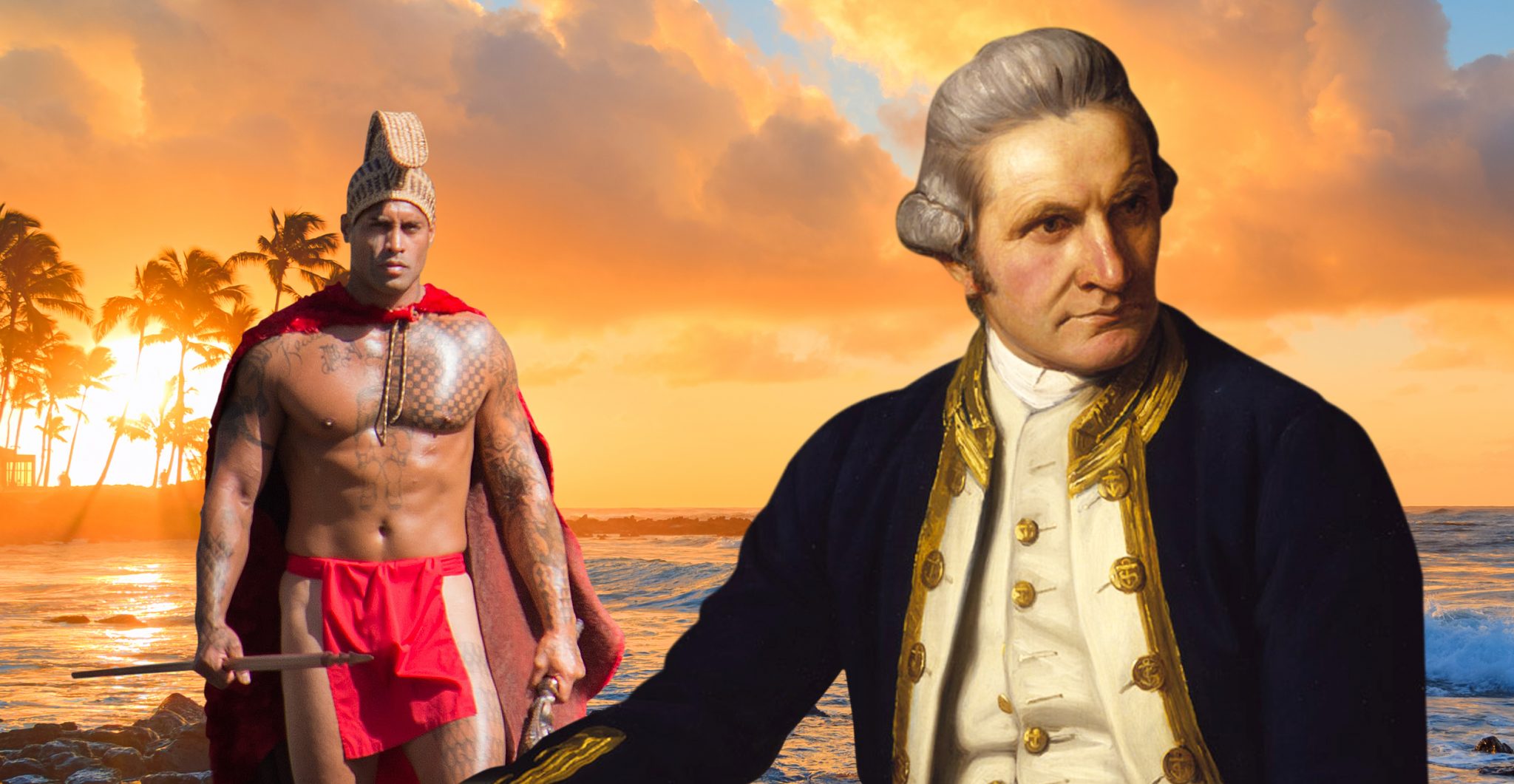Before Captain James Cook became the first European to visit the Hawaiian Islands and “put them on the map” for the nations of Europe, he was already a note-worthy sailor and explorer. In addition to the Hawaiian Islands, Cook is recognized as the first European to make contact with the people of eastern Australia and the first to circumnavigate the islands of New Zealand.
He also spent three years exploring the waters of Antarctica, charted the New Hebrides and discovered New Caledonia. Unfortunately for Cook, his second visit to the Hawaiian Islands was his last stop – in a confrontation with Hawaiians, he met his end at the age of 50.
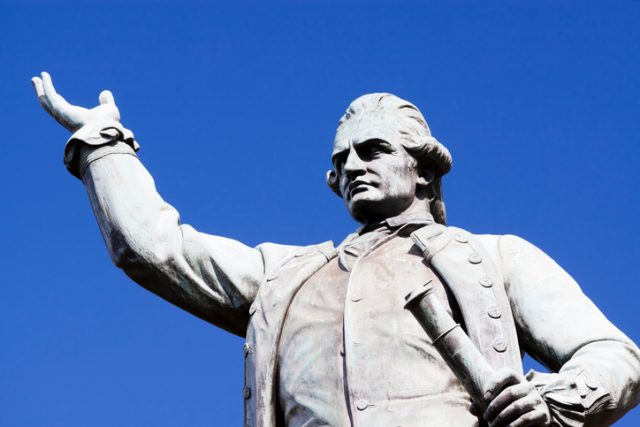
Despite people pushing the character of Captain Bligh of Mutiny on the Bounty fame on him, we see from personal accounts of family, crew, friends and compatriots, a picture of Cook as the typical upper-class Englishman of his time (though he worked his way up through the Royal Navy).
He was stern but fair, personally courageous, eager to advance the cause of England and seek personal glory, but also driven by an intense curiosity about the world: He wanted to go “… farther than any man has been before me, but as far as I think it is possible for a man to go.”
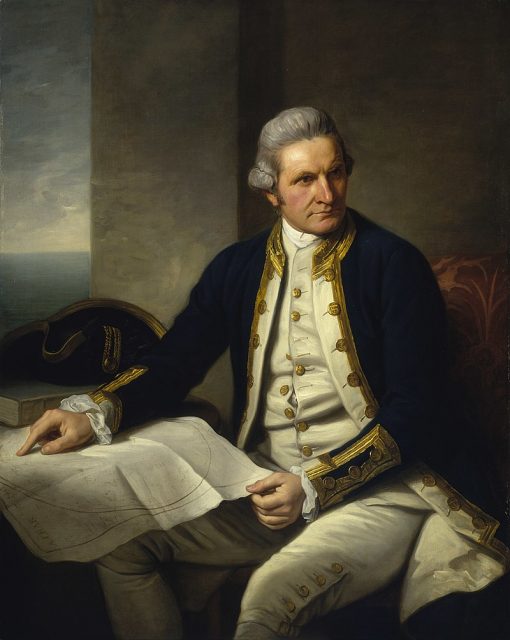
It is amazing to think that though the Spanish, Portuguese and Dutch had been trading with China, Japan, and the Philippines since the 1500s, no European that we know of had “discovered” the Hawaiian Islands until Cook in 1778.
Related Video: 6 Mysterious Islands From Around The World
The immensity of the Pacific Ocean is almost too much to imagine, but Cook imagined it and was determined to map, explore and claim as much of it as he could for England. So in 1776, he sailed with two ships, HMS Resolution (which he personally commanded) and HMS Discovery, captained by Charles Clerke.
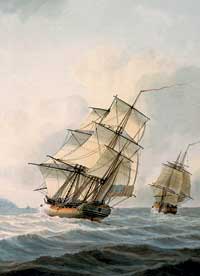
He made first landfall in the Hawaiian Islands on Kauai in January 1778, which he dubbed the “Sandwich Islands” after his friend and First Lord of the Admiralty, the 4th Earl of Sandwich. By all accounts, Cook and his crew had an amicable visit with the Hawaiians, who were fascinated by the iron that was used by the Englishmen. Cook traded iron parts and other metal objects to the natives for provisions, and his crew traded iron nails for favors with the Hawaiian women.
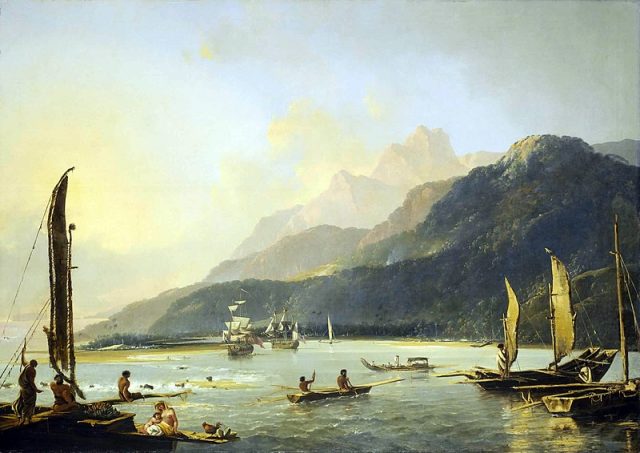
He left Hawaii for an exploratory trip northward towards Spanish possessions on the coast of western North America, then north to the Oregon coast, then up to the Bering Strait – Cook had mapped the West Coast of North America completely for the first time. After an exceedingly difficult time off the northern coasts, Cook headed back to Hawaii.
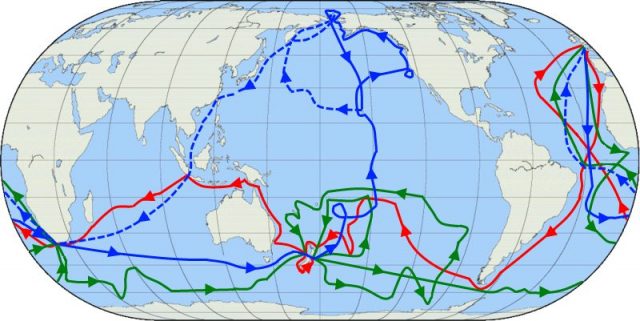
In winter 1779 Cook landed on the island of Hawaii at Kealakekua Bay, a place of religious significance to the Islanders. To the Hawaiians, this was not coincidental: word of Cook’s first visit had spread throughout the islands, and the Islanders were quick to attach religious meaning to the visit.
The arrival of the British in a place holy to the Hawaiian fertility god of Lono was seen as a message from the gods, and the British were treated as such. The Hawaiians began to believe that the English were immortal supernatural beings, and the English took advantage of this in many ways – economically, and physically, using their “status” to take advantage of the natives. Deals were also made for goods that were beneficial to the English.
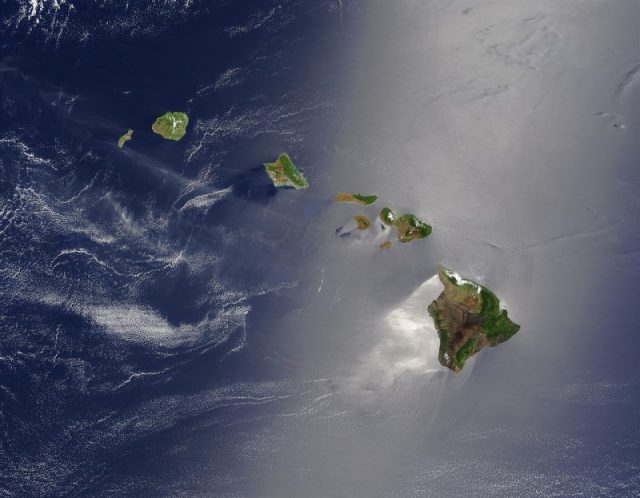
Hindsight is always twenty-twenty, but it would have benefited the English more to explain to the Hawaiians on their arrival that they were just as mortal as anyone else, because what happened next both embarrassed and angered the Hawaiians: an Englishman got sick and died, proving that the visitors were human after all.
Feeling duped and angry for letting the foreigners into one of their most holy sites at a holy time, and holding grudges against the “gods” for some of the things they were doing on the island, the Hawaiians grew increasingly hostile. Cook and his ships left on February 4th, 1779, but were forced back by bad weather a week later. Instead of the open and celebratory welcomes they had received previously, the British were attacked by rock-throwing crowds of Hawaiians.
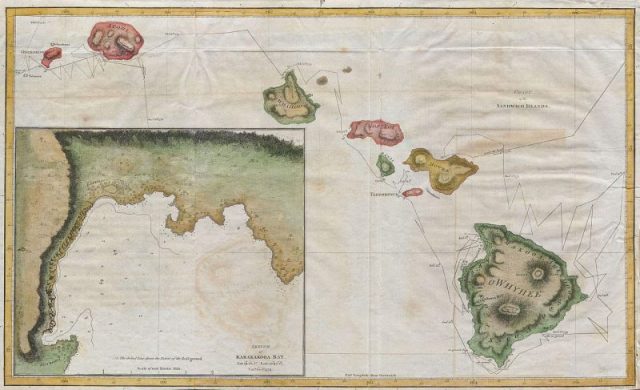
Next, they stole one of the cutters (smaller vessels capable of beaching) from Discovery during the night. Cook decided he would march into the main village and take the Hawaiians’ King Kalaniopu hostage for the return of the boat.
On the morning of Valentine’s Day 1779, Cook and a group of armed men marched into the village. The king voluntarily went with him, to avoid trouble. As Cook, his men and the king were about to depart for the English ships, one of the king’s wives and two chiefs approached and begged the king not to go. A Hawaiian holy man joined them and began to chant, distracting Cook’s party from the large crowd beginning to gather at the tree-line. At this point, Kalaniopu began to feel himself in danger and began to pull away as the crowd approached.
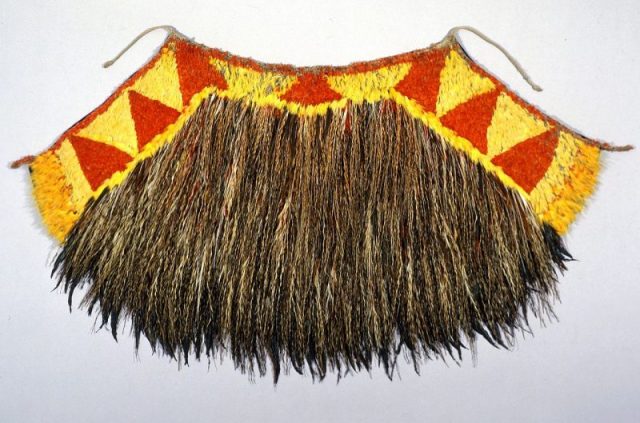
Cook and his men hurried to get into their boats as the crowd got closer and more hostile, but they ran out of time — the captain was struck in the head with a club by one of the chiefs, and then fatally stabbed by one of the king’s aides. Four Royal Marines were also set upon and done away with. Two others were wounded.
The Islanders took Cook’s body back to the village. To the surprise of the English, the Hawaiians treated his body with respect and prepared it as they would an important Hawaiian chief. Some of the remains, such as his bones, they kept. Hair and heart along with personal belongings were returned to the English, who then conducted a burial at sea. And so the voyages of Captain James Cook ended, but his brave legacy, however it may be interpreted, remains.
